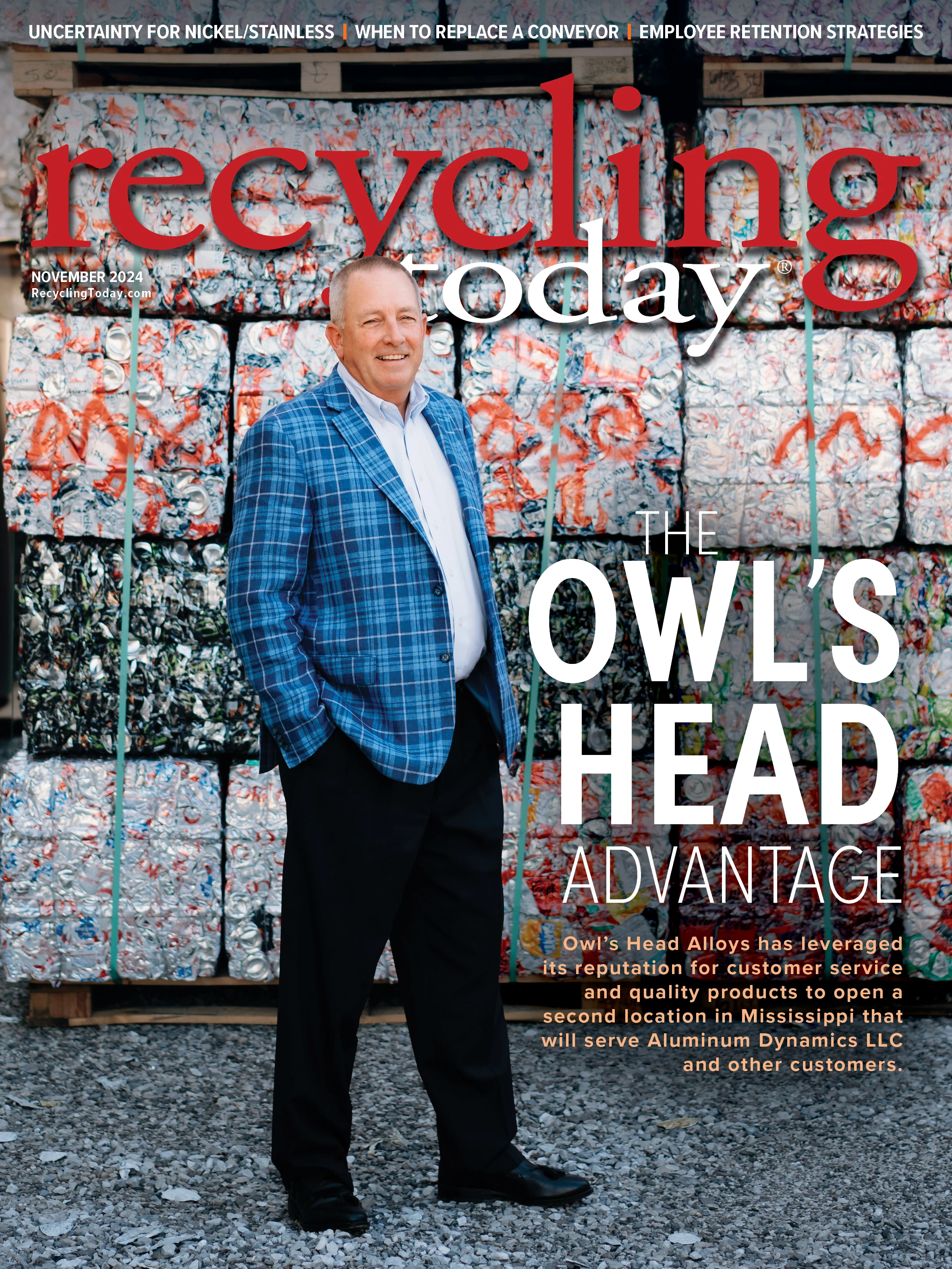As new secondary copper smelting and refining capacity ramps up in the U.S., more transparency will be required of scrap suppliers, according to two panelists at the Recycled Materials Association (ReMA) Roundtables in Chicago this September.
“Who we source from matters,” said Naveed Moghadam, commercial director at Aurubis Richmond, the new secondary smelting facility Germany-based Aurubis opened in September in Augusta, Georgia.
He said the company is looking to secure scrap deliveries from suppliers that follow best practices and have clear procedures.
“The recycling supply chain will have to be more transparent and green our footprint.” – Aldo Jordan, founder and president, The Metals Agency
Recycled content traceability is growing in importance, said Aldo Jordan, founder and president of The Metals Agency in San Francisco, adding that consumers will demand more visibility into the scrap they are melting over time.
“The recycling supply chain will have to be more transparent and green our footprint,” he said.
While the U.S. Department of Energy added copper to its list of critical raw materials last year, reflecting its growing importance of energy transition technologies, the U.S. Geological Service denied the Copper Development Association’s request to add the metal to its U.S. Critical Minerals List in May of last year. The USGS cited its statistics showing U.S. imports of refined copper come largely from Chile, Canada and Mexico, “reliable trade partners with whom the U.S. has free trade agreements” rather than from countries of concern.

Copper’s year-over-year compounded growth rate was 3.3 percent from 1950 to 2022. With that expected to increase by two to three times over the next decade, Jordan said it is clear the fight for copper supply is global and that a critical distinction would help ensure supply for the domestic market.
Moghadam noted the low recycling rate for copper-containing printed circuit boards (PCBs) in the U.S., estimating the rate to be 18 percent versus 40 percent in the European Union.
PCBs are among the types of scrap Aurubis Richmond will consume once the facility begins operating. Moghadam said the site will begin buying end-of-life products that contain 20 percent to 50 percent copper, including shredder heavies, low-grade insulated copper wire, meatballs and No. 2 scrap, for delivery later this year to the company’s European smelter network. Aurubis Richmond will begin building its scrap inventory in the first quarter of next year for processing on-site starting in the second quarter. The company plans to provide a long-term sustainable domestic home for exports that currently go to Southeast Asia.
Jordan added that while the recent investments in new copper smelting capacity in the U.S. are great, “a lot more is needed,” particularly for lower-grade scrap.

Explore the November 2024 Issue
Check out more from this issue and find your next story to read.
Latest from Recycling Today
- APR, RecyClass release partnership progress report
- Clearpoint Recycling, Enviroo sign PET supply contract
- Invista expanding ISCC Plus certification program
- Redwood partnership targets recycling of medium-format batteries
- Enfinite forms Hazardous & Specialty Waste Management Council
- Combined DRS, EPR legislation introduced in Rhode Island
- Eureka Recycling starts up newly upgraded MRF
- Reconomy Close the Gap campaign highlights need for circularity





